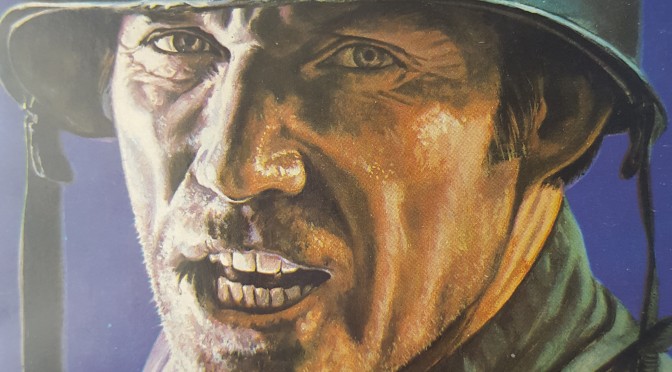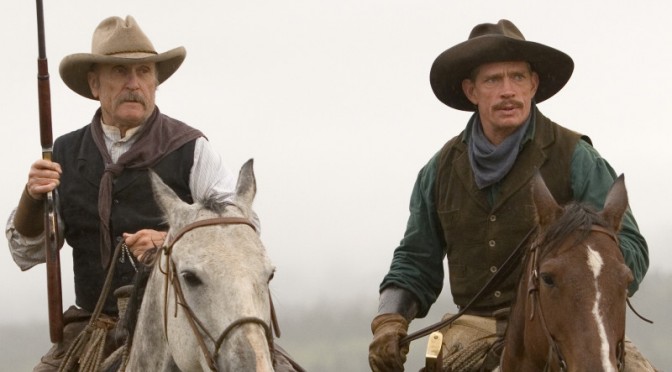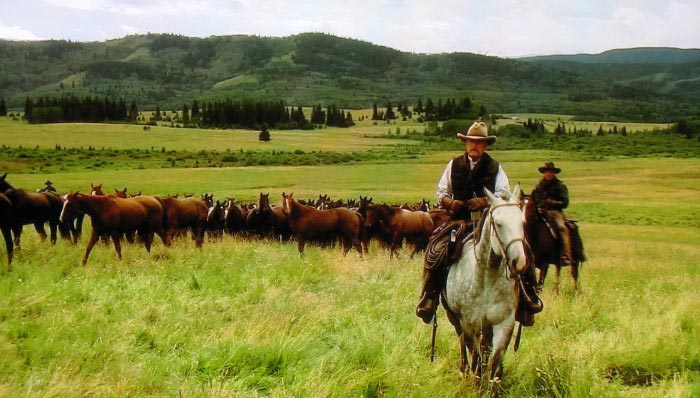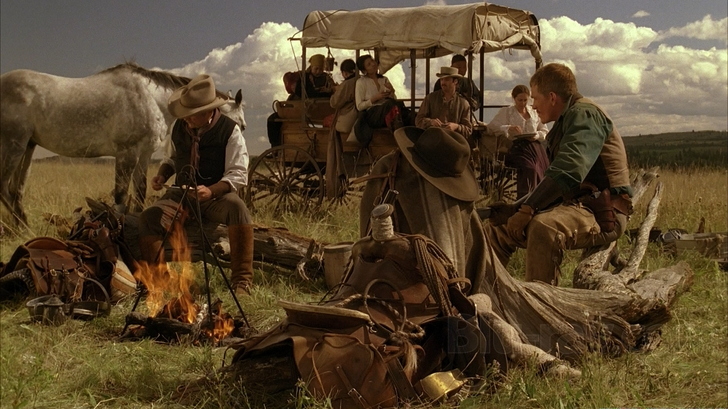When we last left Master Sergeant Mahoney and Corporal Cranepool, Patton had tried to force Eisenhower’s hand to get the war blazing along the Moselle River, so he could drive on to Berlin. But Ike called his bluff and the 33rd “Hammerhead” Division was left caught between Perdition and the deep blue sea.
Well, a deep river, anyway (and more brown than blue). With no artillery support or air cover and little in the way of supplies, the Hammerheads were thrown back across the river even though the defenders are hardly Germany’s finest.
But now, Patton has scrounged up some support, and is driving his boot into the 4th points of his subordinates to make the attack work this time.
Here’s an excerpt from a scene where Patton comes to motivate the troops personally, down at company level:
“Now listen here, men,” Patton growled, “I know what you went through last night. A lot of your buddies were killed, and all of you nearly got killed yourselves. Now we all know that it’s no fun to lose a battle because Americans aren’t losers. By nature, we are winners. Given half a chance, we will win any battle in which we are placed. That’s because we’re tough and strong and because we love to fight. Yes, by God, we love to fight.”
Patton made a fist and held it up in the air. “We love to beat the shit out of our enemies and step on his face afterwards. We love to rip open his belly and tear his guts out. We pray for the chance to kick him in the balls and split his head open. Is there any man out here who doesn’t feel that way?”
Nobody said a word, just as Patton knew they wouldn’t.
“Good,” Patton said. “I knew there weren’t any cowards or queers in this company. I knew because you’re all good, red-blooded Americans. I know you’re just itching to get across that river over there and lay your hands on those Germans. By God, I feel sorry for those Germans when I just think about it. I really do because I can imagine what you’re going to do to them.”Patton pointed to the Moselle River. “You’re going to make that river over there run red with their blood for what they did to you last night. There’ll be so many dead Germans over there you won’t be able to put your foot down without stepping on one of their noses. I feel bad that I have to hold you back until midnight because I know you want to go over there right now. But you have to wait just a little while longer, and I want you to use that extra time to clean your weapons and cover them with a light film of oil so they won’t get rusty. If you have some extra time after that, you can sharpen your bayonets so they’ll cut deeper into those Hun bastards over there. You might want to make sure your canteens are filled with water because you’re gonna get thirsty while you’re killing all those bastards.
And as we all know, tonight is going to be much different from last night because tonight you’ll have plenty of artillery preparation and support. By the time you get across that river, those g****mn kraut-eating bastards won’t know where the hell they are. Their eardrums will be bleeding, and their brains will be upside-down in their heads. The poor bastards will probably try to run away from you, but I want you to go right after them and kill them like the dogs that they are. And I don’t want you to shoot over their heads or at their legs. I want you to aim directly for the center of their backs and bring them down. We’re not going to play with them after what they did to us last night. And they probably know it. I’ll bet they’re shitting their pants over there right now because they know they’ve made us mad, and a mad American soldier is a fearsome thing.”
There’s a lot else happening in this book, including an SS death squad using a seductress to kill GIs; a panty-raid at a USO show; both Mahoney and once-innocent farmboy Cranepool wounded in action; shooting a locomotive with bazookas, and some down & dirty urban house-to-house combat.
After a relatively slow-paced departure in the last book, Len Levinson is back on the offensive in Slaughter City, and in fine blood-splattered form.







